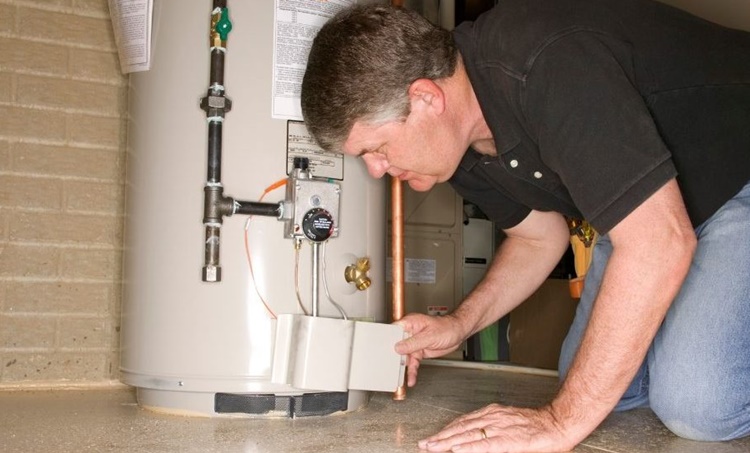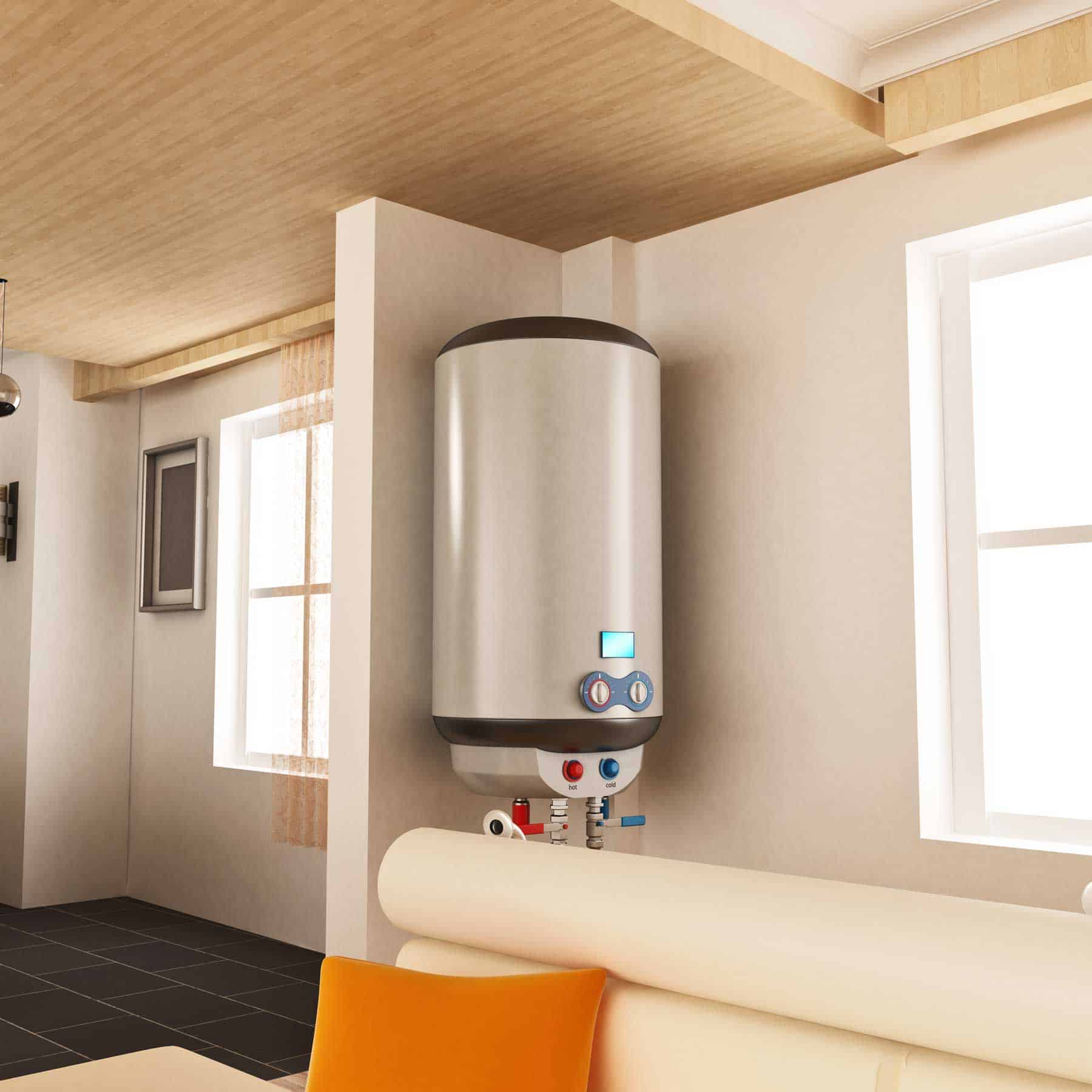Key Maintenance Tips for Your Home's Hot Water System
Key Maintenance Tips for Your Home's Hot Water System
Blog Article
We've encountered this article about Water Heater Maintenance Tips You Can't Afford to Forget below on the net and concluded it made sense to write about it with you in this article.

Hot water is essential for day-to-day convenience, whether it's for a rejuvenating shower or washing recipes. To guarantee your warm water system runs effectively and lasts longer, normal maintenance is key. This write-up supplies sensible suggestions and insights on just how to preserve your home's warm water system to prevent disruptions and pricey fixings.
Introduction
Maintaining your home's warm water system might appear challenging, yet with a couple of basic steps, you can guarantee it operates efficiently for years to find. This guide covers whatever from understanding your warm water system to DIY upkeep tips and understanding when to hire expert aid.
Significance of Keeping Your Hot Water System
Normal maintenance not just expands the life-span of your hot water system yet also ensures it runs efficiently. Disregarding maintenance can bring about reduced performance, higher energy costs, and also premature failure of the system.
Indications Your Warm Water System Needs Maintenance
Recognizing when your hot water system needs focus can avoid significant issues. Watch out for indicators such as irregular water temperature, odd noises from the heating system, or corroded water.
Comprehending Your Hot Water System
Prior to diving right into upkeep jobs, it's handy to recognize the basic parts of your warm water system. Typically, this includes the water heater itself, pipes, anode rods, and temperature level controls.
Regular Monthly Maintenance Tasks
Normal month-to-month checks can aid catch small problems before they intensify.
Purging the Hot Water Heater
Flushing your water heater eliminates sediment buildup, improving effectiveness and lengthening its life.
Checking and Changing Anode Rods
Anode poles prevent corrosion inside the storage tank. Evaluating and replacing them when broken is crucial.
Examining and Changing Temperature Level Setups
Adjusting the temperature setups makes sure ideal performance and safety.
DIY Tips for Maintenance
You can execute several upkeep jobs yourself to maintain your hot water system in top problem.
Checking for Leakages
Regularly evaluate pipes and links for leaks, as these can bring about water damage and greater bills.
Examining Pressure Alleviation Valves
Checking the pressure safety valve ensures it operates properly and prevents excessive pressure accumulation.
Shielding Pipes
Protecting warm water pipelines lowers warmth loss and can save energy.
When to Call a Specialist
While do it yourself maintenance is advantageous, some issues call for expert know-how.
Complicated Issues Calling For Specialist Assistance
Examples consist of significant leakages, electrical troubles, or if your water heater is continually underperforming.
Regular Professional Upkeep Advantages
Professional upkeep can include comprehensive inspections, tune-ups, and making certain conformity with safety criteria.
Final thought
Regular upkeep of your home's hot water system is necessary for effectiveness, long life, and expense financial savings. By complying with these tips and recognizing when to look for professional assistance, you can ensure a trusted supply of hot water without unanticipated interruptions.
Water Heater Maintenance: The Basics
Maintaining your water heater will ensure it operates efficiently and has a longer lifespan. Neglecting regular maintenance can lead to costly repairs and an even bigger chunk of your savings if you have to replace it sooner than necessary. But there’s good news: Most water heater maintenance tasks are relatively simple and easy for homeowners with basic DIY skills.
Flush the Water Heater
Over time, sediment and minerals can build up in the tank, reducing its efficiency and potentially causing damage. To flush the tank, turn off the power or gas supply, attach a hose to the drain valve near the bottom and open the valve to drain the water until it runs clear. Ideally, flush the tank annually.
Replace the Anode Rod
The anode rod is a sacrificial metal rod that helps prevent corrosion inside the tank. Inspect and replace it every three to five years or per the manufacturer's recommendation. To replace the anode rod, turn off the power or gas supply, drain a few gallons of water from the tank, unscrew the old rod and replace it with a new one. If the anode rod is significantly corroded or covered in calcium buildup, it's a sign the water heater may need to be replaced soon.
Tune-Up
A yearly tune-up can help identify potential issues and ensure your water heater operates at peak efficiency. This typically involves checking the thermostat, burner assembly (for gas heaters) and any other components specified by the manufacturer. During a tune-up, the technician may also clean the burner and adjust the pilot light (for gas heaters) or examine the heating elements (for electric heaters).
How to Maintain Your Water Heater
Insulate the tank. Insulating the tank can improve energy efficiency and reduce heat loss, saving you money on energy bills. You can purchase precut insulation blankets designed specifically for water heaters or use standard fiberglass insulation wrapped securely around the tank. Check the temperature. The recommended water temperature for most households is around 120 degrees Fahrenheit (49 degrees Celsius). Higher temperatures can increase energy costs and potentially cause scalding. Use a kitchen thermometer to check the temperature at the faucet nearest the water heater. Monitor water pressure. Excessive water pressure can strain the water heater and cause leaks or even tank failure. Install a pressure-reducing valve if necessary. The ideal water pressure range is between 60 and 70 PSI (pounds per square inch). Test the temperature and pressure (T&P) relief valve. The T&P relief valve is a safety feature that releases pressure if the tank gets too hot or the pressure builds up too high. Test it annually by lifting the lever and allowing a small amount of water to release. Replace the valve if it doesn't release water or reseal properly. Check for leaks. Regularly inspect the tank, pipes and fittings for leaks or corrosion. Deal with issues promptly to prevent further damage. Even a small leak can lead to significant water damage over time. Consider a tankless water heater. If your traditional tank-style water heater is nearing the end of its lifespan ( typically 10 years), consider replacing it with a tankless water heater. These units heat water on demand, reducing standby energy losses and potentially saving you money on your energy bills. Schedule professional maintenance. While homeowners can perform many water heater maintenance tasks, it's still a good idea to schedule professional maintenance every few years. A plumber or HVAC technician can thoroughly inspect the unit, identify potential issues and ensure it operates safely and efficiently. https://www.homeserve.com/en-us/blog/home-improvement/hot-water-heater-maintanence/

Do you really like reading up on Tips For Maintaining Your Hot Water Heater? Write a review down the page. We will be pleased to listen to your responses about this article. Hoping that you visit us again in the future. Kindly take the opportunity to promote this blog post if you enjoyed reading it. I value reading our article about How to Maintain Your Water Heater & Prolong its Life.
Set Up An Appointment Report this page